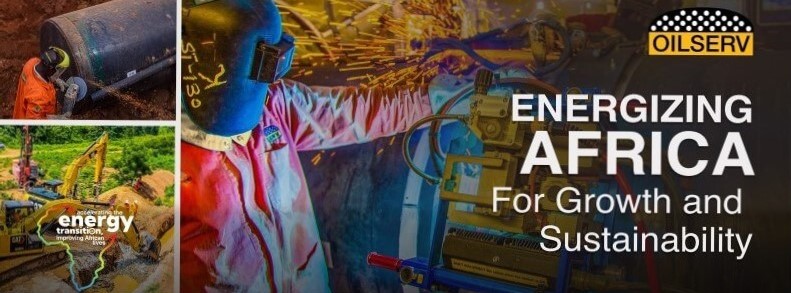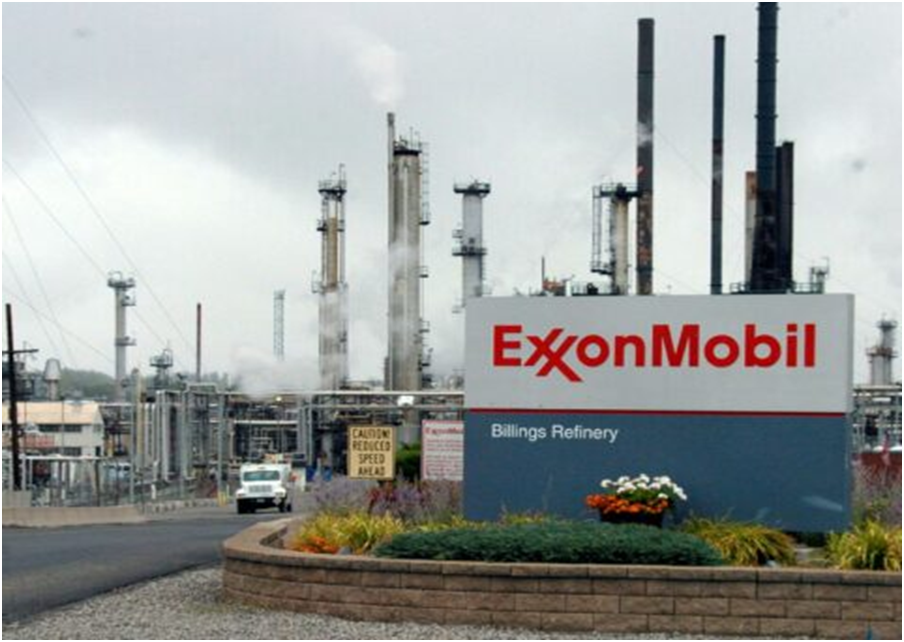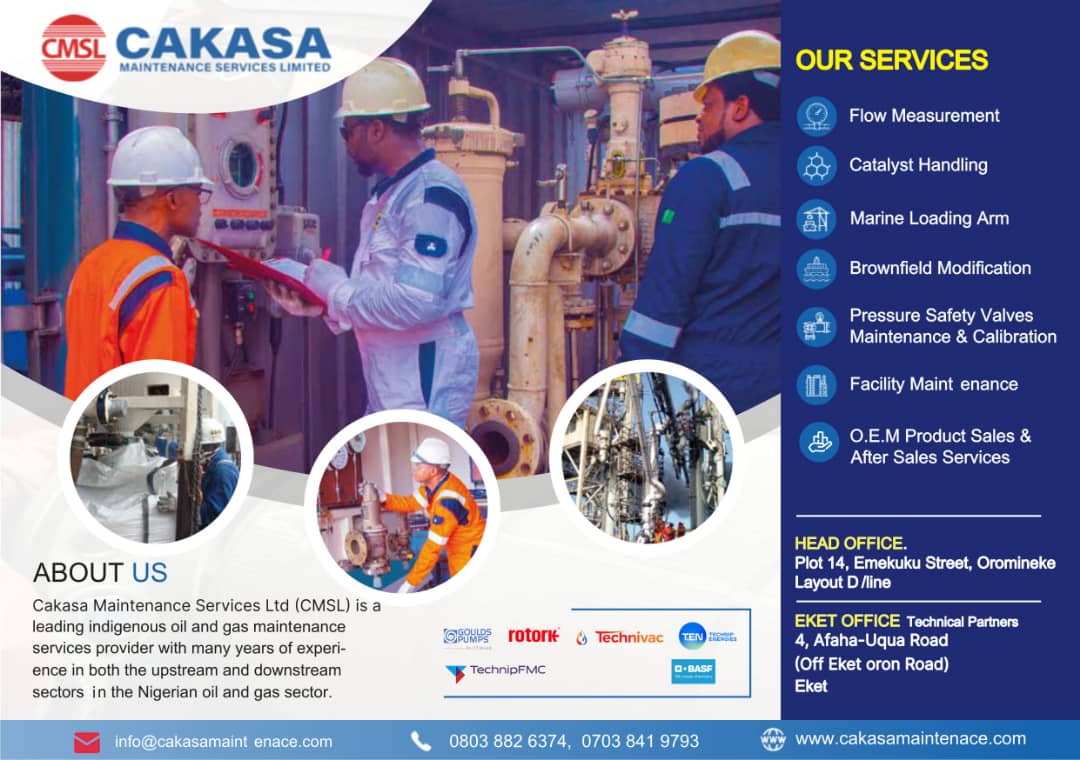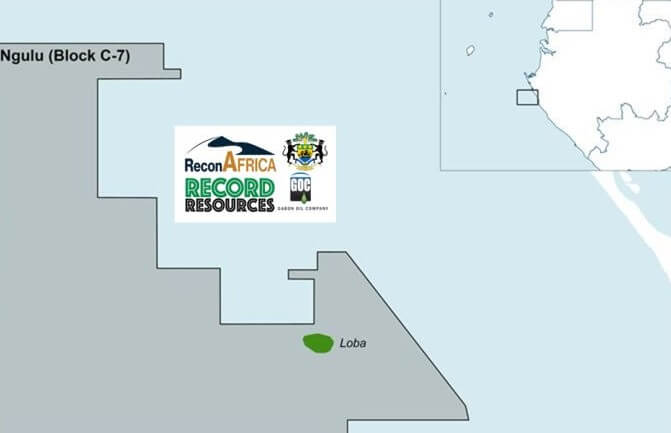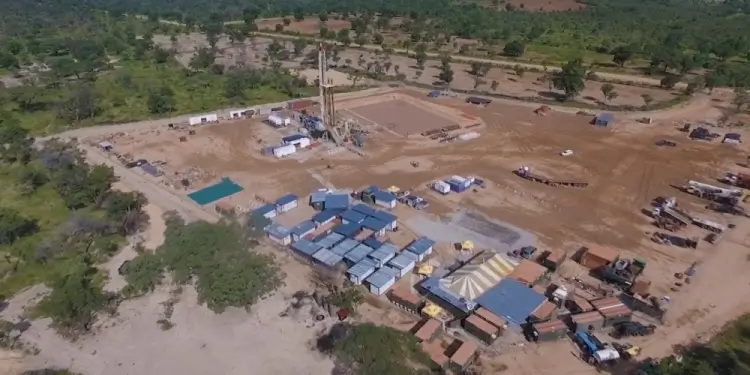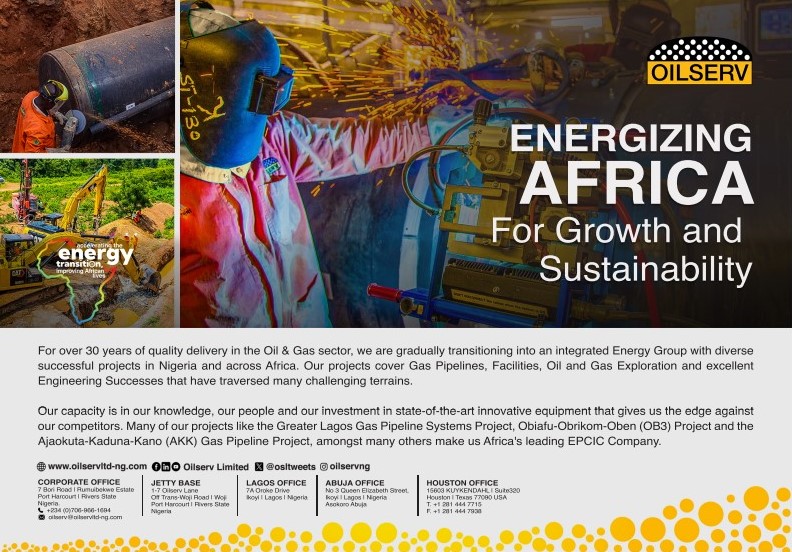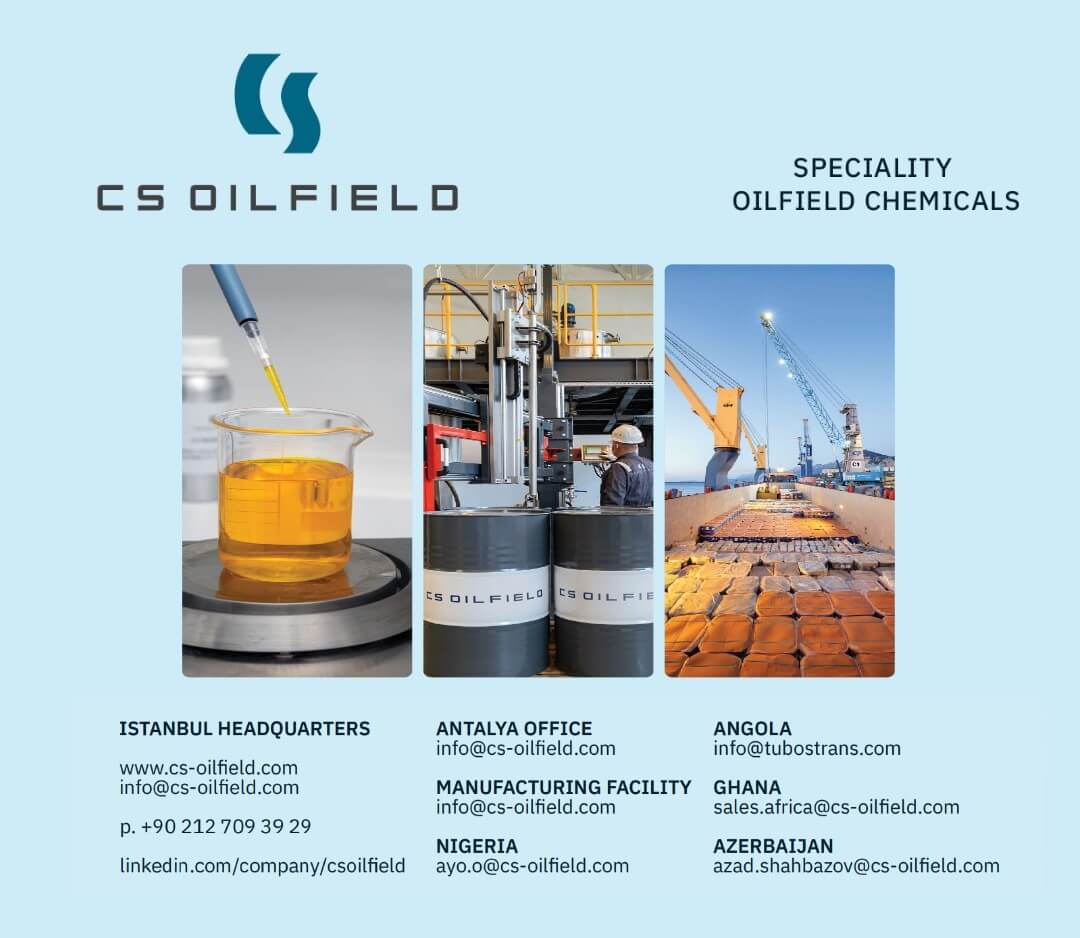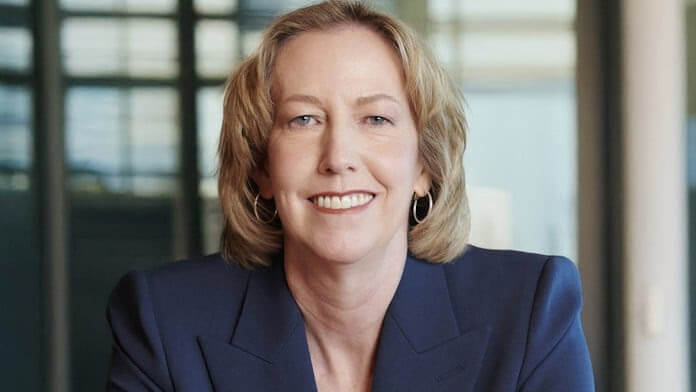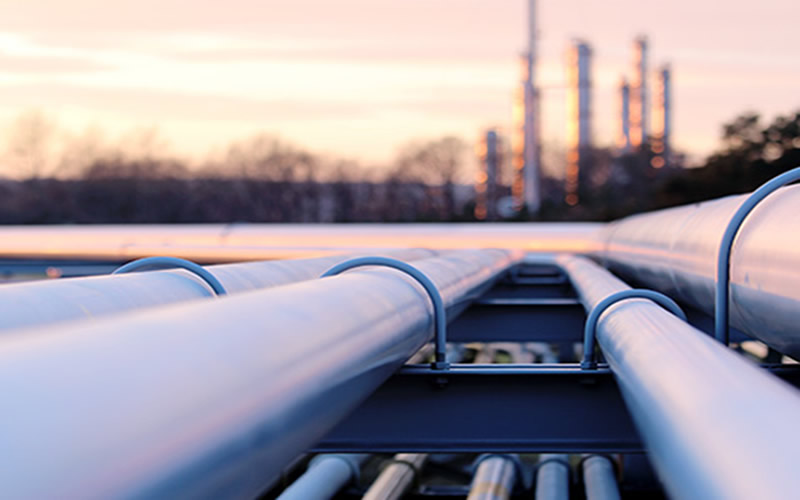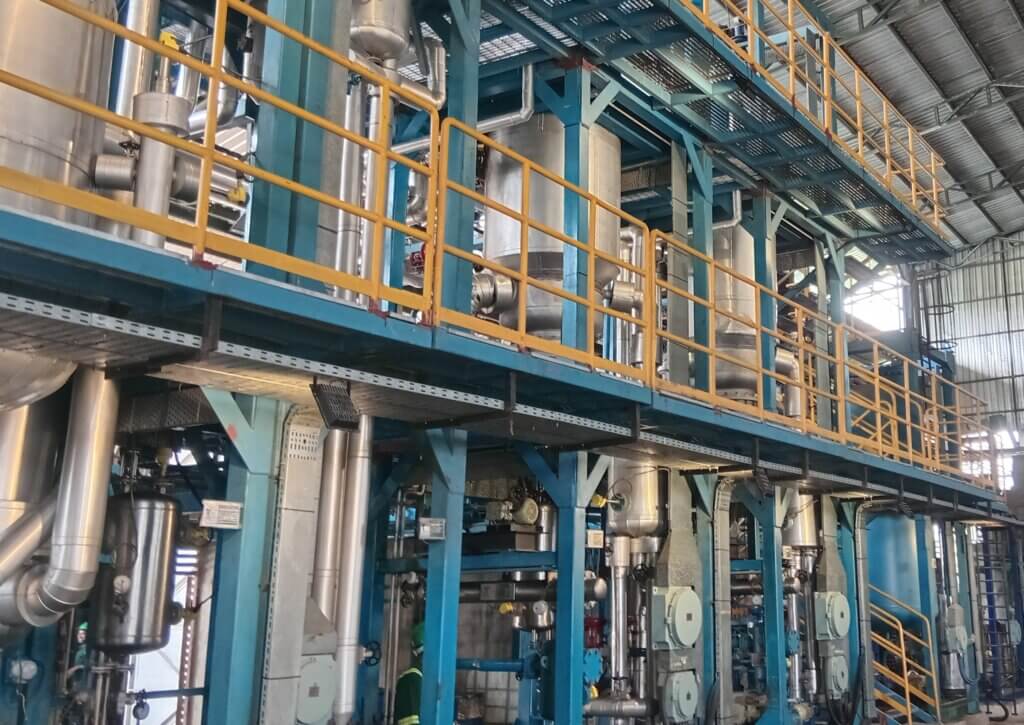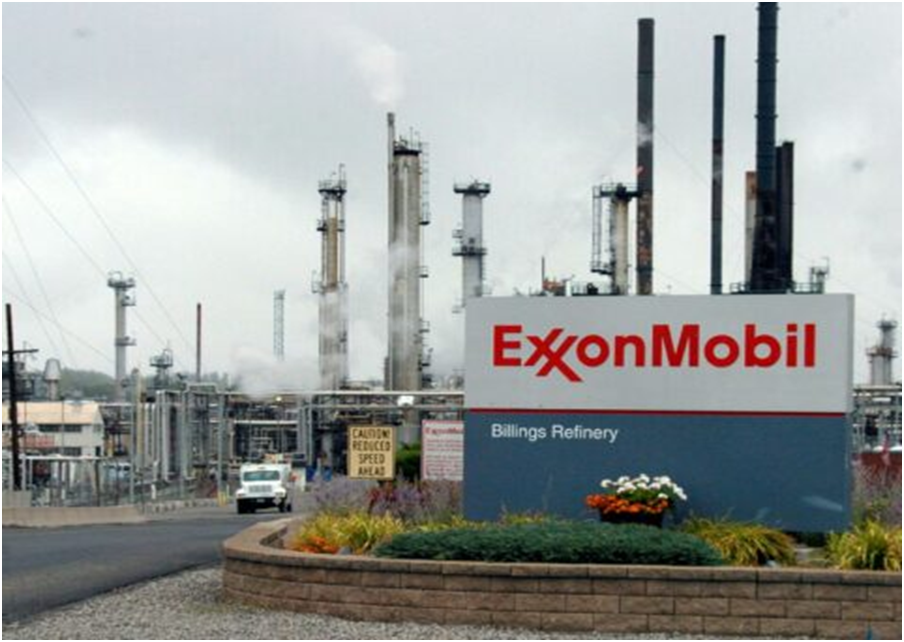
ExxonMobil has outlined its plans through 2025 to increase earnings and cash flow to sustain and grow its dividend, reduce debt and fund advantaged projects, while working to commercialize lower emission technologies in support of the goals of the Paris Agreement.
ExxonMobil outlines plans to grow long-term shareholder value in lower carbon future:
- Industry-leading investment portfolio profitable at low prices and flexible to market conditions
- Plans through 2025 increase earnings, cash flow to sustain and grow dividend, reduce debt and advance advantaged projects
- Technology leadership to develop lower carbon solutions and create future value
“We are fully committed to growing
shareholder value by meeting the world’s energy demands today and pursuing a
technology-driven strategy to succeed through the energy transition,” Darren
Woods, chairman and chief executive officer, said at the company’s annual
investor day.
“Our investment portfolio is the best we’ve had in over 20 years, and will grow
earnings and cash flow in the near term while remaining flexible to market
conditions and benefiting from ongoing cost-reduction efforts. Looking ahead,
we’re working to reduce our emissions and develop solutions, such as carbon
capture and low-carbon hydrogen, needed to de-carbonize the highest emitting
sectors of the economy – a critical requirement for society to achieve its net
zero ambition.”
ExxonMobil plans capital spending of $16-$19 billion in 2021 and $20-$25
billion per year through 2025 on high-return, cash-accretive projects. Spending
plans can be modified to reflect market conditions, as illustrated by
successful efforts to preserve the value of investment opportunities while
reducing capital spending by more than 30 percent in 2020 as a result of the
pandemic. The company also reduced cash operating expenses by 15 percent in
2020 and expects permanent structural savings of $6 billion a year by the end
of 2023 versus 2019.
Future spending plans take into account potential market volatility as the
economy recovers from the pandemic.
“Our investments are expected to generate returns of greater than 30 percent,”
said Woods. “And 90 percent of our upstream investments in resource additions,
including in Guyana, Brazil and the U.S. Permian Basin, generate a 10 percent
return at $35 per barrel or less. Downstream investments improve net cash
margin by 30 percent and our Chemical investments grow high-value performance
products by 60 percent.”
To grow shareholder value through the transition to a lower carbon economy,
ExxonMobil has focused its extensive research and development portfolio on
technologies to address hard to de-carbonize sectors of the economy responsible
for approximately 80 percent of energy-related emissions — commercial
transportation, power generation and heavy industry.
The company’s newly created business, ExxonMobil Low Carbon Solutions, was
established to commercialize low-emission technologies, and will initially
focus on carbon capture and storage (CCS), the process of capturing CO2 that
would otherwise be released into the atmosphere from industrial activity, and
injecting it into deep geologic formations for safe, secure and permanent
storage.
ExxonMobil is the industry leader in CCS technology and has more than 30 years
of experience capturing carbon. The company has an equity share in about
one-fifth of global CO2 capture capacity and has captured approximately 40
percent of all the captured anthropogenic CO2 in the world. ExxonMobil also
produces about 1.3 million tonnes of hydrogen per year and is developing
technology that could significantly lower the cost of both CCS and low-carbon
hydrogen.
The International Energy Agency projects that CCS could mitigate up to 15
percent of global emissions by 2040 and the authoritative U.N.
Intergovernmental Panel on Climate Change (IPCC) estimates that global
de-carbonization effort could be twice as costly without CCS.
Using estimates and demand projections, including from IPCC Lower 2 degree
Celsius scenarios, the market for CCS and other low-emission technologies and
products is expected to grow significantly by 2040.
“Our development of next-generation technologies and existing businesses
positions us well to capitalize on the growing demand for de-carbonization and
market opportunities that are increasingly coming together to support
lower-carbon energy solutions,” said Woods.
ExxonMobil met its 2020 emission reduction goals that included 15 percent
reduction in methane emissions versus 2016 levels, and a 25 percent reduction
in flaring versus 2016 levels.
The company’s 2025 emission reduction plans include a 15 to 20 percent
reduction in upstream greenhouse gas intensity versus 2016 levels, supported by
a 40 to 50 percent reduction in methane intensity and 35 to 45 percent
reduction in flaring intensity.
The plans are expected to reduce absolute greenhouse gas emissions by an
estimated 30 percent for the upstream business. Absolute flaring and methane
emissions are expected to decrease by 40 to 50 percent under the plans. The
company also aims for industry-leading greenhouse gas performance and to
eliminate routine flaring in line with the World Bank initiative by 2030.













